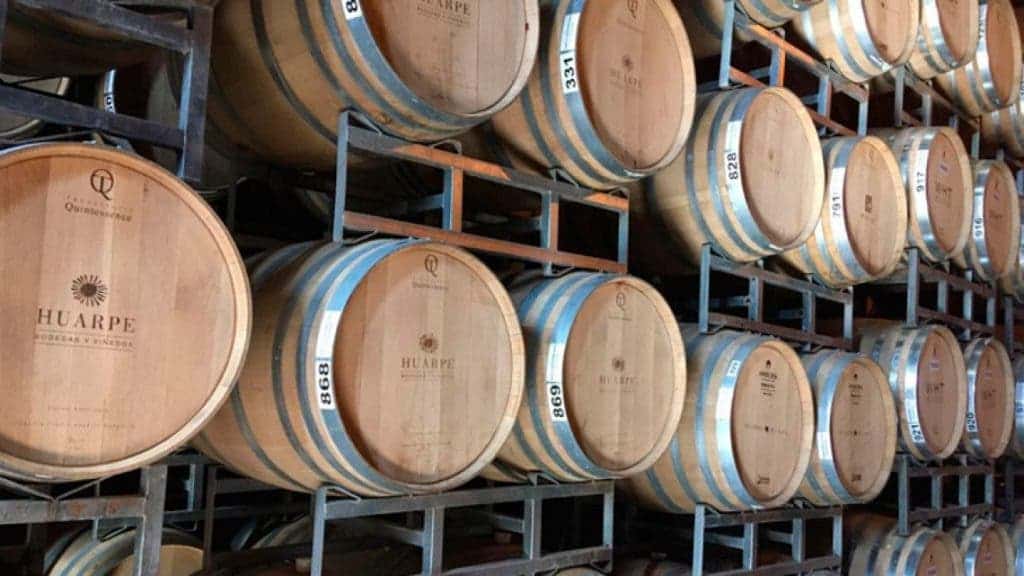Drinking your way through the climate emergency worsens might not be a viable option anymore, as growing temperatures are putting the world’s supply of wine under threat, according to a new study.

The regions of the world that are suitable for producing wine grapes could shrink up to 56% under a global warming scenario of 2ºC, the research, published in Proceedings of the National Academy of Sciences, said. Meanwhile, in a 4ºC warmer world, 85% of those lands won’t be suitable for wine production any longer.
Nevertheless, there are adaptation strategies available that could reduce climate effects. Reshuffling where certain grape varieties are grown could reduce by half the losses with a 2ºC warming and by a third in a 4ºC warming.
Scientists have long argued in favor of crop diversity to make agriculture more resilient to climate change, with wine grapes being a good way to test their claims. They are diverse, with more than 1.110 varieties currently planted, and well-documented, as harvest data goes back centuries.
“In some ways, wine is like the canary in the coal mine for climate change impacts on agriculture, because these grapes are so climate-sensitive,” said co-author Benjamin Cook from Columbia University’s Lamont-Doherty Earth Observatory, working with colleagues from Spain and Canada.
The researchers worked on 11 varieties of wine grape, chosen based on their diversity in development timing. They selected pinot noir, sauvignon blanc, ugni blanc, syrah, cabernet sauvignon, chasselas, riesling, chardonnay, grenache, merlot, monastrell, and pinot noir.
To work with the varieties, the team used a vintner and archives to build a model for when each would flower and mature in the different regions around the world under three warming scenarios: 0, 2, and 4 degrees Celsius. Then they used climate projections to see where the varieties would be viable in the future.
The researchers found that the shifting temperatures and the seasonal changes would alter conditions while the varieties were developing, having an impact on the quality of the wine. But, if the varieties are shifted, the losses could be reduced significantly. In a world with global warming of 2ºC, the 56% of the areas that would no longer be suitable for growing wine could be reduced to 24% if wine growers shifted to more suitable varieties. For example, in France, the mourvedre and the grenache could replace the current varieties such as the pinot noir as they deal better with the heat.
The study also showed that wine regions with cooler weather such as in Germany, New Zealand, and the US Pacific Northwest would largely remain intact under the 2ºC scenario. These areas could become suitable for warmer varieties such as merlot while the varieties that prefer cooler weather could be moved northward to regions that currently aren’t suitable for wine production.
Meanwhile, the wine-growing regions that are already facing hot weather such as Italy, Spain, and Australia will be the most affected, as they are limited to planting the warmest varieties.
Changing the wine grape varieties could help wine production but would have significant cultural, financial, and legal consequences, the study warned. “Growers still must learn to grow these new varieties. That’s a big hurdle in some regions that have grown the same varieties for hundreds and hundreds of years,” said Elizabeth Wolkovich at the University of British Columbia.









